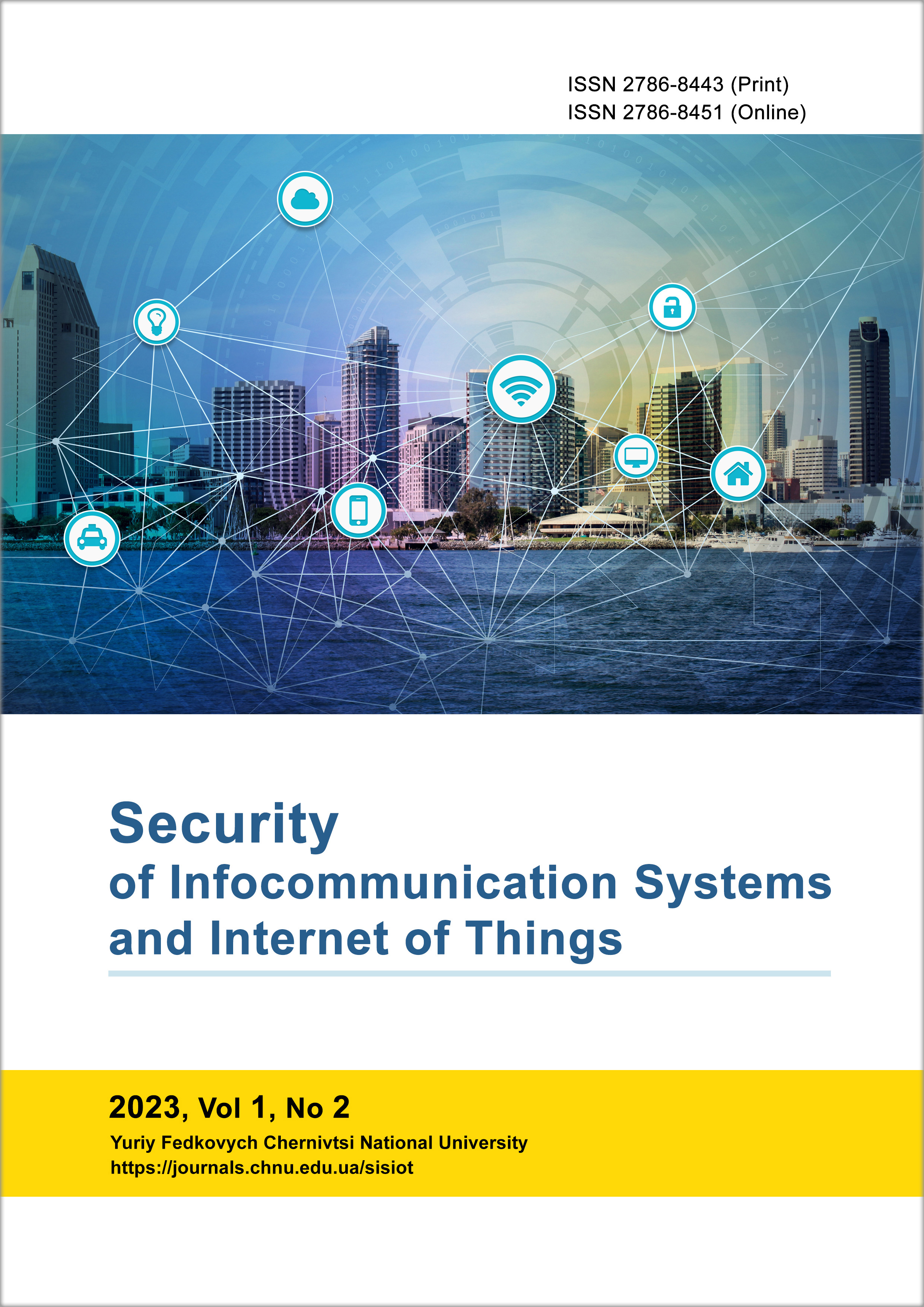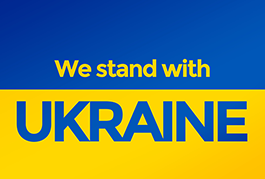Modelling a System for Intelligent Forecasting of Trading on Stock Exchanges
DOI:
https://doi.org/10.31861/sisiot2023.2.02002Keywords:
мodels, stock exchanges, trading strategy, artificial neural network algorithms, intelligent forecasting systemsAbstract
The article highlights the reasons for changes in the price quotations of financial assets on stock exchanges. The article models the process of a situation when a trader fixes the period of holding his trading position. It defines periods of buying and selling and, taking into account that high-frequency stock trading on ultra-short intervals shows low profitability, introduces an important condition that allows a stock trader to freely open and close trading positions during the entire period of buying and selling with consideration of the proposed restrictions. The article offers modelling of the trader's strategy of carrying out trading actions aimed at maximisation of profit. Taking into account the liquidity constraints and quantitative limitations for trading orders, the article proposes to determine the optimal high-frequency trading strategy for buying and selling by a trader, which can be formulated as the task of minimising the cost of trading orders. Based on the number of available exchange trade orders and the values relative to the respective trade order at specific moments, determining the optimal high-frequency trading strategy for buying and selling a trader can be reduced to solving a simple cost minimisation problem under the given conditions of liquidity constraints for each trade order, completion of the trading portfolio without active positions before the end of the period and the total number of exchange buy and sell transactions. The key phases in building the structure on which the stock trading strategy itself is based are described. The need to determine what data will be entered into the algorithm of the artificial neural network based on the input data and to determine which algorithm will be used for a particular task is established. The structure of the software model of the system for intelligent forecasting of trading on stock exchanges is designed. The complex of the automated trading system includes the development of a graphical display of quotes and a tool for visual analysis. At the same time, information about proven trading strategies can be stored in a database that can be added and deleted by traders in the developed intelligent system for forecasting trading on stock exchanges.
Downloads
References
Y. Touzani and K. Douzi, "An LSTM and GRU based trading strategy adapted to the Moroccan market - Journal of Big Data", SpringerOpen, [Online]. Available: https://journalofbigdata.springeropen.com/articles/10.1186/s40537-021-00512-z.
J. Kuepper, "Day trading: The basics and how to get started", Investopedia, [Online]. Available: https://www.investopedia.com/articles/trading/05/011705.asp .
N. V. Bugas and Y. O. Panchenko, "Analysis of factors influencing the formation of the assortment", The journal "Effective Economy" - a scientific professional publication on economics, [Online]. Available: http://www.economy.nayka.com.ua/?op=1&z=2482.
V. V. Lypchuk, "Marketing analysis", Library of Ukrainian textbooks, [Online]. Available: https://westudents.com.ua/knigi/281-marketingoviy-analz-lipchuk-vv.html.
W. E. Buffett, "Tilson funds", Tilson Funds, [Online]. Available: https://tilsonfunds.com/superinvestors.php.
L. E. Greiner, "Evolution and revolution as organizations grow", Harvard Business Review, [Online]. Available: https://hbr.org/1998/05/evolution-and-revolution-as-organizations-grow.
L. Bachelier, "Théorie de la spéculation", Numdam, [Online]. Available: http://www.numdam.org/item/ ASENS_1900_3_17__21_0/.
E. Sun, T. Kruse, and M. Yu, "High-frequency trading, liquidity, and execution cost" Ann. Operations Res., vol. 223, no. 1, pp. 403-432, 2013.
A. Smith, "Fast money: The battle against the high frequency traders", The Guardian, [Online]. Available: https://www.theguardian.com/business/2014/jun/07/inside-murky-world-high-frequency-trading.
O. Filipova, "Learning vue.js 2", Packt Subscription | Advance your knowledge in tech, [Online]. Available: https://subscription.packtpub.com/book/web-development/9781786469946/2/ch02lvl1sec18/mvvm-architectural-pattern.
F. Abergel, A. Anane, A. Chakraborti, A. Jedidi, and I. Muni Toke, "Limit Order Books", Cambridge: Cambridge University Press, 2016.
O. Velychko and L. Velychko, "Logistical modelling of managerial decisions in social and marketing business systems", J. Int. Stud., vol. 10, no. 3, pp. 206-219, 2017.
M. Kearns, A. Kulesza, and Y. Nevmyvaka, "Empirical limitations on high-frequency trading profitability", Journal of Trading, vol. 5, no. 4, pp. 50-62, 2010.
A. A. Kyrylenko and A. V. Lo, "Moore's Law vs. Murphy's Law: Algorithmic trading and its discontent", Journal of Economic Perspectives, vol. 27, no. 2, pp. 51-72, 2013.
T. Hendershott, C. Jones, and A. Menkveld, "Does Algorithmic Trading Improve Liquidity?" The Journal of Finance, vol. 66, no. 1, pp. 1-31, 2011.
A. Chakraborti, I. Toke, M. Patriarca, and F. Abergel, "Econophysics: Empirical Facts and Agent-Based Models", Quantitative Finance, vol. 11, no. 7, pp. 1013-1041, 2011.
M. M. Koshevyi, "Current aspects of knowledge-intensive industries and knowledge-intensive sectors of the economy | Efficient economy №11 2011", The journal "Effective Economy" - a scientific professional publication on economics, [Online]. Available: http://www.economy.nayka.com.ua/?op=1&z=1179.
Y. Touzani and K. Douzi, "An LSTM and GRU based trading strategy adapted to the Moroccan market - Journal of Big Data", SpringerOpen, [Online]. Available: https://journalofbigdata.springeropen.com/articles/10.1186/s40537-021-00512-z.
B. Zheng, E. Moulines, and F. Abergel, "Price Jump Prediction in Limit Order Book," J. Math. Finance, vol. 3, no. 2, pp. 242-255, 2013.
Published
Issue
Section
License
Copyright (c) 2023 Security of Infocommunication Systems and Internet of Things

This work is licensed under a Creative Commons Attribution 4.0 International License.









